Home>Ideas and Tips>Understanding Zoning Laws: What You Can Build On Your Property
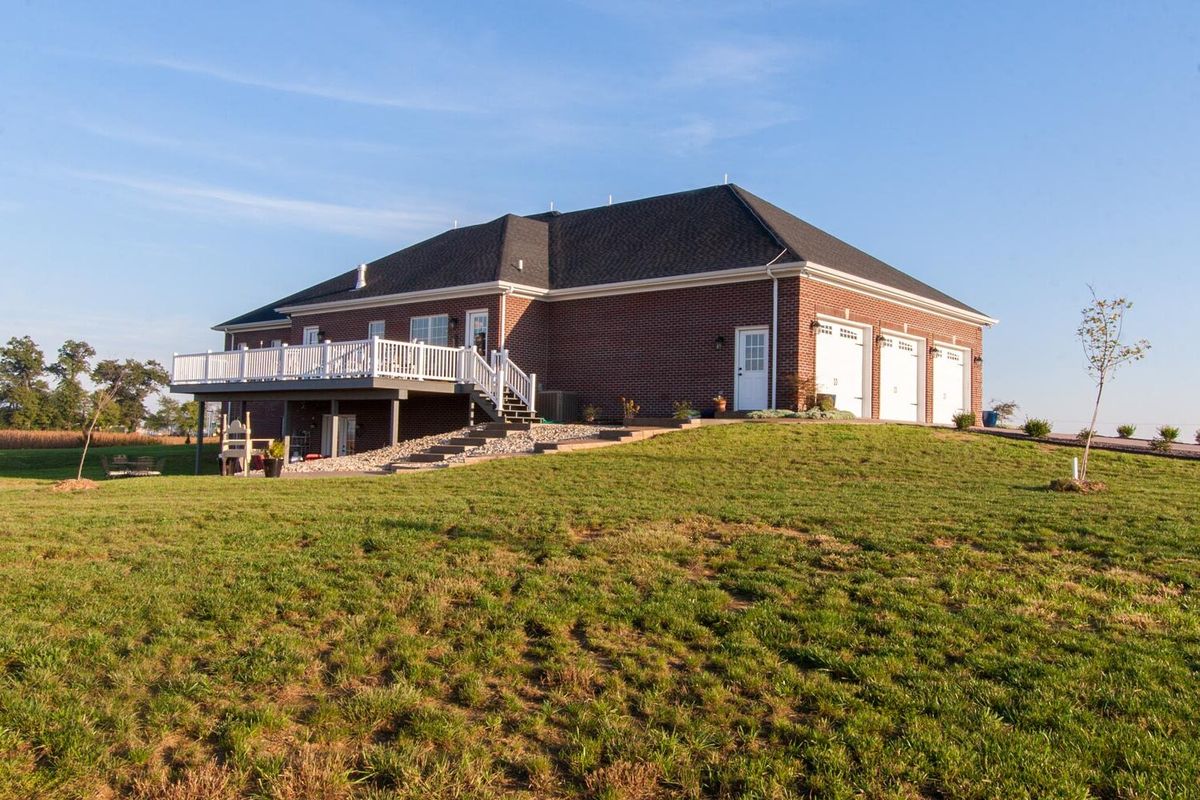

Ideas and Tips
Understanding Zoning Laws: What You Can Build On Your Property
Published: September 26, 2024
Learn how zoning laws impact what you can build on your property, protect property values, and ensure orderly development in your community.
(Many of the links in this article redirect to a specific reviewed product. Your purchase of these products through affiliate links helps to generate commission for Storables.com, at no extra cost. Learn more)
Zoning laws are a crucial aspect of municipal regulations that govern how land and structures can be used within a particular geographic area. These laws determine what kind of structures can be built, whether an existing property can be re-purposed, and even whether an existing structure can be replaced with something new. In this article, we will delve into the world of zoning laws, exploring their purpose, how they work, and what they mean for property owners.
The Purpose of Zoning
Zoning laws are created to protect the health, safety, and general welfare of the public. The primary goal is to ensure that land use is orderly and that different types of properties can coexist without causing harm to each other. Zoning ordinances are designed to achieve this by regulating the impacts of land use that may not be in the best interests of the people. This includes protecting property values by separating incompatible land uses and minimizing their potentially negative impacts on each other.
Protecting Property Values
One of the key functions of zoning laws is to protect property values by ensuring that land is used in a way that is appropriate for its location and surrounding uses. For instance, residential areas are zoned to prevent the construction of noisy or polluting factories that could lower property values and negatively impact residents' health and well-being.
Providing for Orderly Development
Zoning laws also play a crucial role in providing for the orderly development of a city. By specifying what types of structures can be built in different zones, zoning ordinances help to ensure that development is planned and executed in a manner that benefits both current and future residents. This includes making provisions for land uses that are in the best interests of citizens, such as providing adequate public infrastructure like roads, water, and sewers.
Flexibility in Zoning Laws
While zoning ordinances are essential for maintaining order and protecting public welfare, they are not set in stone. Zoning laws can be amended to reflect changing community needs. This flexibility allows municipalities to adapt their zoning regulations as circumstances evolve, ensuring that the laws remain relevant and effective over time.
How Zoning Works
Understanding how zoning works is essential for anyone dealing with land use issues. Here’s a step-by-step guide:
I. Zoning Districts
Zoning laws divide land into different zones based on the intended use of the property. These zones can include residential, commercial, industrial, agricultural, historical, recreational, and aesthetic zones. Each zone has its own set of regulations that dictate how the land can be used. For example:
- Residential Zones: These zones are designated for single-family homes or multi-unit dwellings. They often include regulations such as minimum lot sizes and maximum building heights.
- Commercial Zones: These zones are intended for businesses like retail stores, offices, and restaurants. They may include regulations like parking requirements and signage standards.
- Industrial Zones: These zones are reserved for heavy industry and manufacturing. They often include regulations related to noise levels, waste management, and environmental impact.
II. Zoning Ordinances
A zoning ordinance is the document that outlines the specific regulations for each zone. It typically covers three main areas:
- Zoning District Section: This section defines different types of use districts and the regulations associated with them. For example, it might specify that a particular area is zoned for commercial use only.
- Performance Standards Section: This section defines regulations that apply uniformly to all districts. Examples include parking requirements, noise standards, fencing regulations, and signage standards.
- Administrative Section: This section outlines procedures for requests under the ordinance. It might include details about conditional use permits (CUPs), notice requirements for zoning changes, and appeal processes.
III. Zoning Changes
Zoning laws can change over time as community needs evolve. Municipalities may impose moratoriums temporarily halting development until they have time to make well-reasoned analysis and planning decisions. However, these moratoriums must be reasonable and advance a legitimate governmental interest without depriving landowners of all reasonable use for too long.
Common Zoning Terms
Understanding common zoning terms is crucial for navigating the complexities of zoning laws:
- Zoning Code: A short combination of letters and numbers that determines what you can build on a particular plot of land. For instance, C-1 might indicate low-rise commercial development, while R-3 could mean high-rise residential condos and apartments.
- Conditional Use Permit (CUP): A permit required for uses that are not allowed by right in a particular zone but are allowed if certain conditions are met. For example, a CUP might be required for a business that needs special permission to operate in a residential area.
- Variances: Exceptions to zoning regulations that can be granted if strict compliance would cause undue hardship. Variances are typically granted on a case-by-case basis and must demonstrate that the hardship is not self-imposed.
- Split-Zoned Properties: Properties that fall under multiple zones simultaneously. For instance, a property might be zoned both residential and commercial, allowing for different uses on different parts of the property.
Effects of Zoning on Your Property
Zoning laws significantly impact what you can do with your property as an investor or homeowner. Here are some key effects:
Restrictive Zoning
Overly restrictive zoning can make it difficult for developers to build new housing, driving up rents and prices. This is because zoning laws dictate what types of structures can be built in specific areas, limiting the supply of housing and contributing to affordability issues.
Affordability Issues
Excessively restrictive zoning has been linked to rising housing costs. By limiting the types of structures that can be built in certain areas, zoning laws can prevent more affordable housing options from being established. For example, zoning laws in San Francisco have often prevented the construction of multifamily housing, contributing to the city's affordability crisis.
Community Impact
Zoning laws also shape our communities by determining where we can find housing, schools, parks, and other essential services. Policymakers initially created zoning codes to protect public health by separating land uses that could harm residents. However, zoning has also separated people along racial and economic lines, contributing to segregation within cities and metropolitan areas.
Zoning Reform
Given the complexities and challenges associated with zoning laws, there is a growing need for zoning reform. Policymakers are exploring ways to reduce regulatory barriers that contribute to housing affordability issues. This includes measuring zoning restrictiveness and identifying specific components of zoning that are problematic.
Measuring Zoning Restrictiveness
Researchers have been trying for decades to measure zoning restrictiveness using surveys of local planning officials, manual coding of laws, and technical tools like text analysis and machine learning. However, measuring zoning restrictiveness is conceptually and practically challenging due to the length and complexity of zoning laws.
Alternative Framing of the Problem
Policymakers concerned about escalating housing costs need to understand how zoning laws regulate housing development. Zoning laws divide land into designated regions or “zones,” each corresponding to geographic areas on the zoning map. They specify what types of structures can be built within each zone, ranging from residential uses like single-family homes and apartments to commercial uses like offices and retail stores.
Conclusion
Understanding zoning laws is essential for anyone dealing with land use issues. These laws determine what kind of structures can be built on a particular plot of land, whether an existing property can be re-purposed, and even whether an existing structure can be replaced with something new. By protecting property values, providing for orderly development, and offering flexibility in their application, zoning laws play a vital role in maintaining the health, safety, and general welfare of communities.
However, overly restrictive zoning can contribute to affordability issues by limiting the supply of housing. Therefore, it is crucial for policymakers to address these challenges through zoning reform efforts that aim to reduce regulatory barriers while ensuring that zoning laws continue to serve their intended purpose.
By grasping the intricacies of zoning laws and their impact on property rights, individuals can better navigate the complexities of land use regulations and make informed decisions about their properties. Whether you are an investor looking to develop a piece of land or a homeowner seeking to understand your property rights, understanding zoning laws is indispensable for achieving your goals while contributing to the well-being of your community.
Was this page helpful?
At Storables.com, we guarantee accurate and reliable information. Our content, validated by Expert Board Contributors, is crafted following stringent Editorial Policies. We're committed to providing you with well-researched, expert-backed insights for all your informational needs.


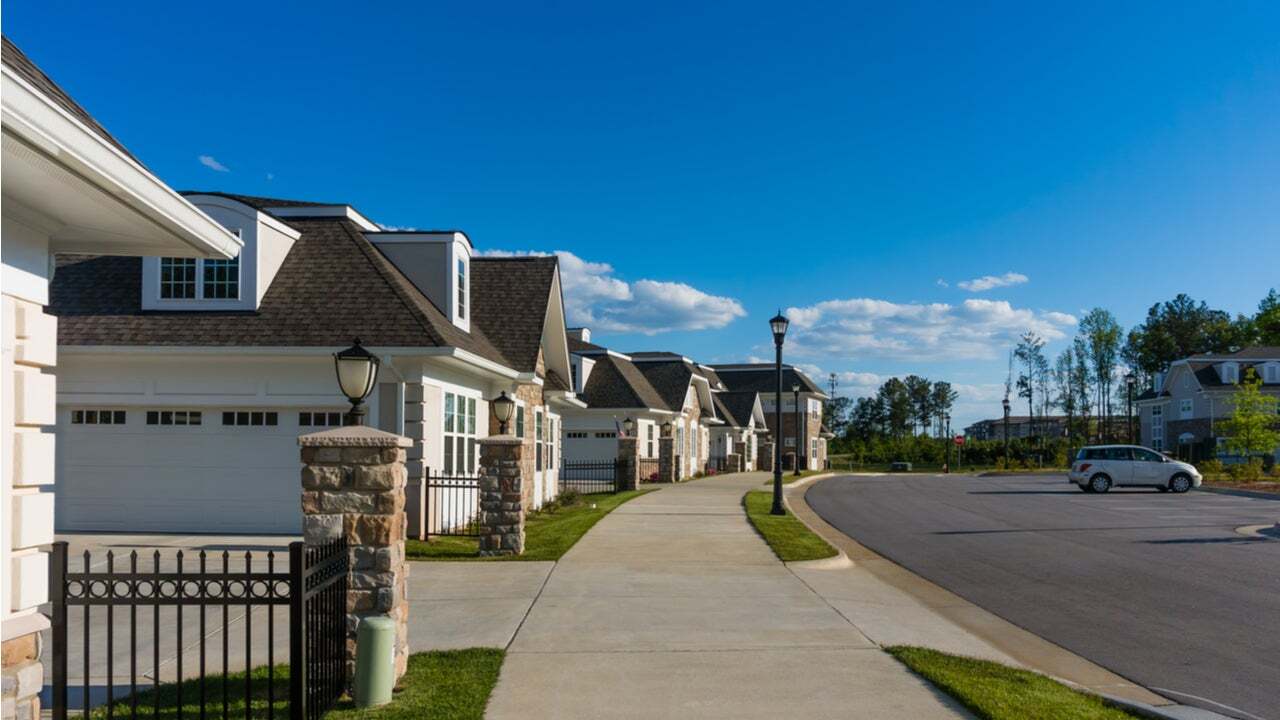
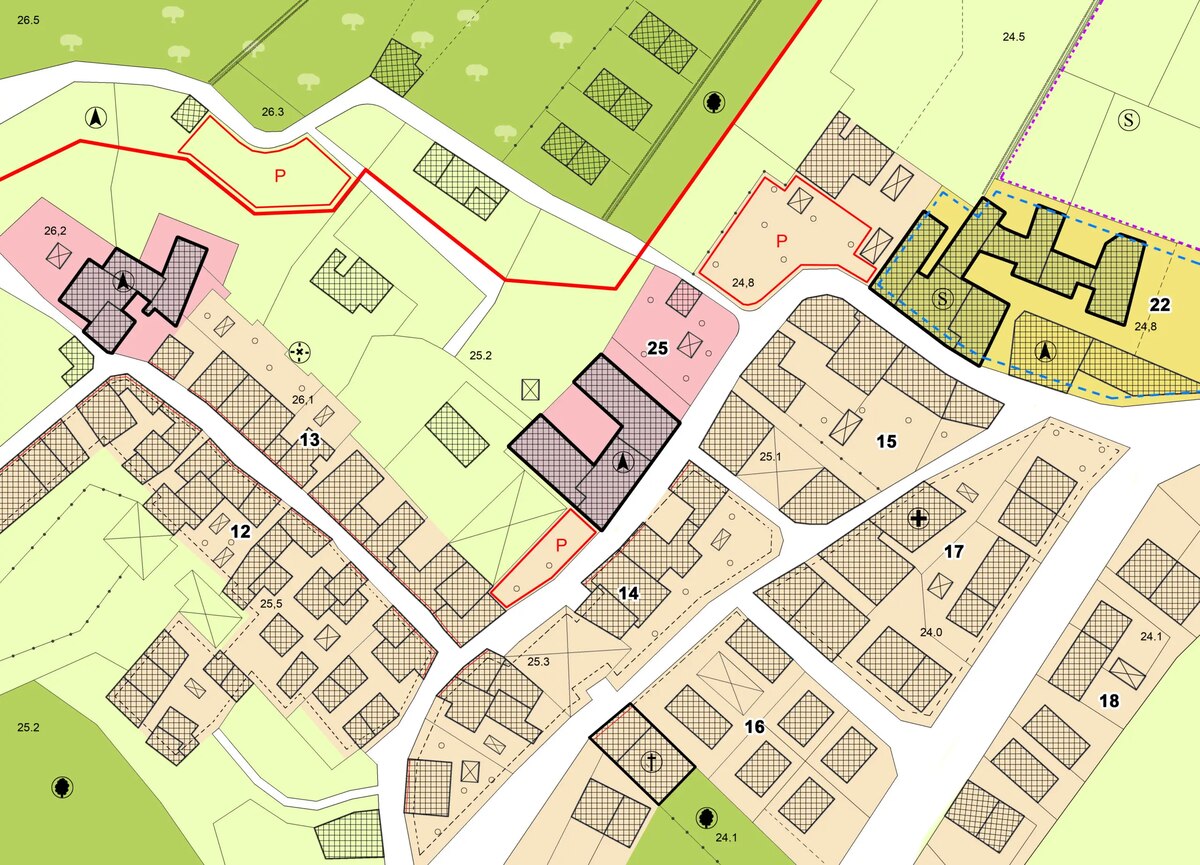

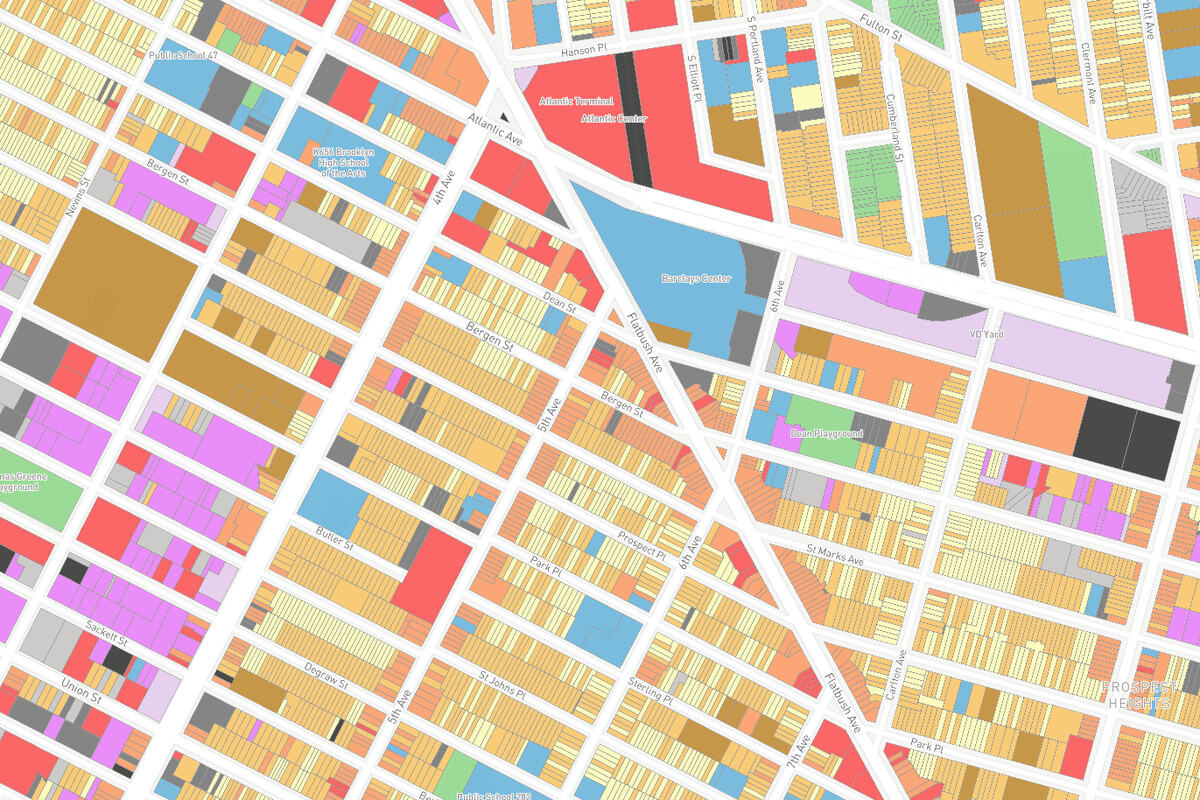


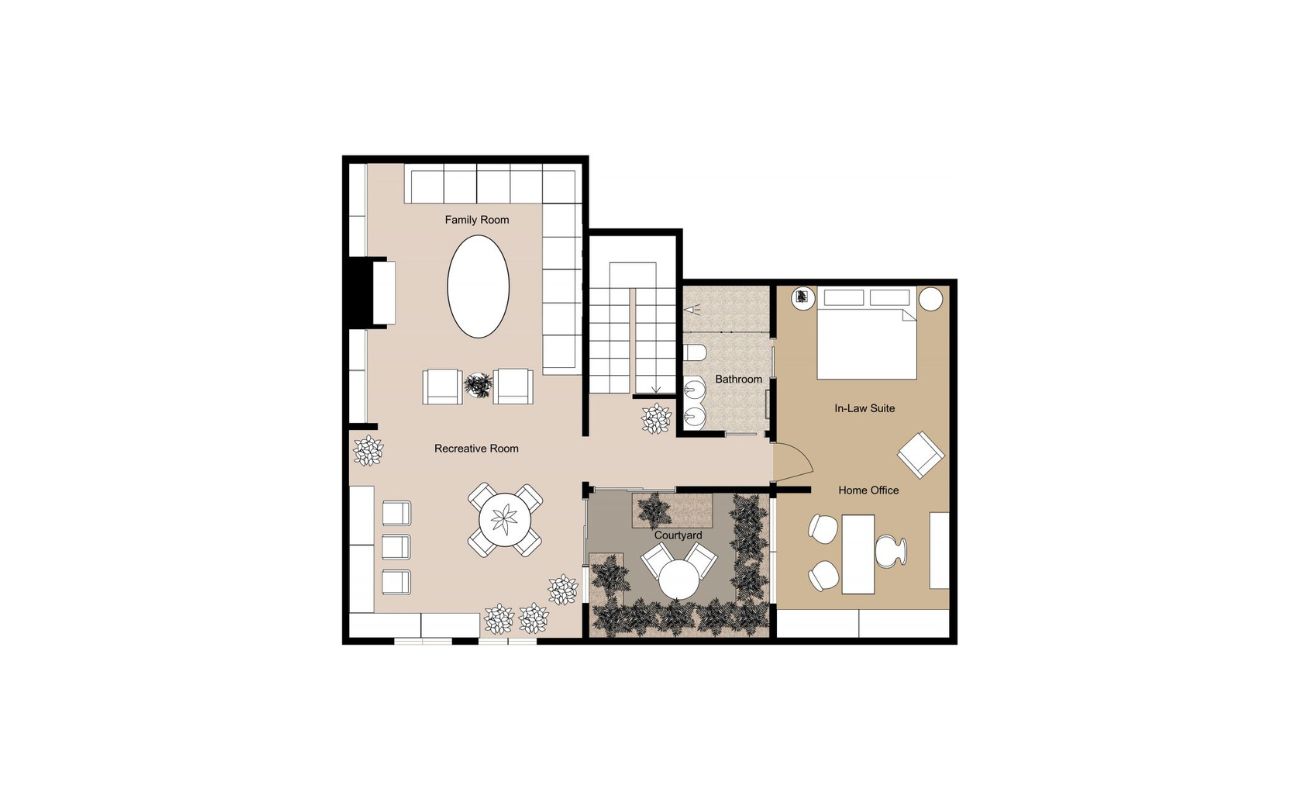
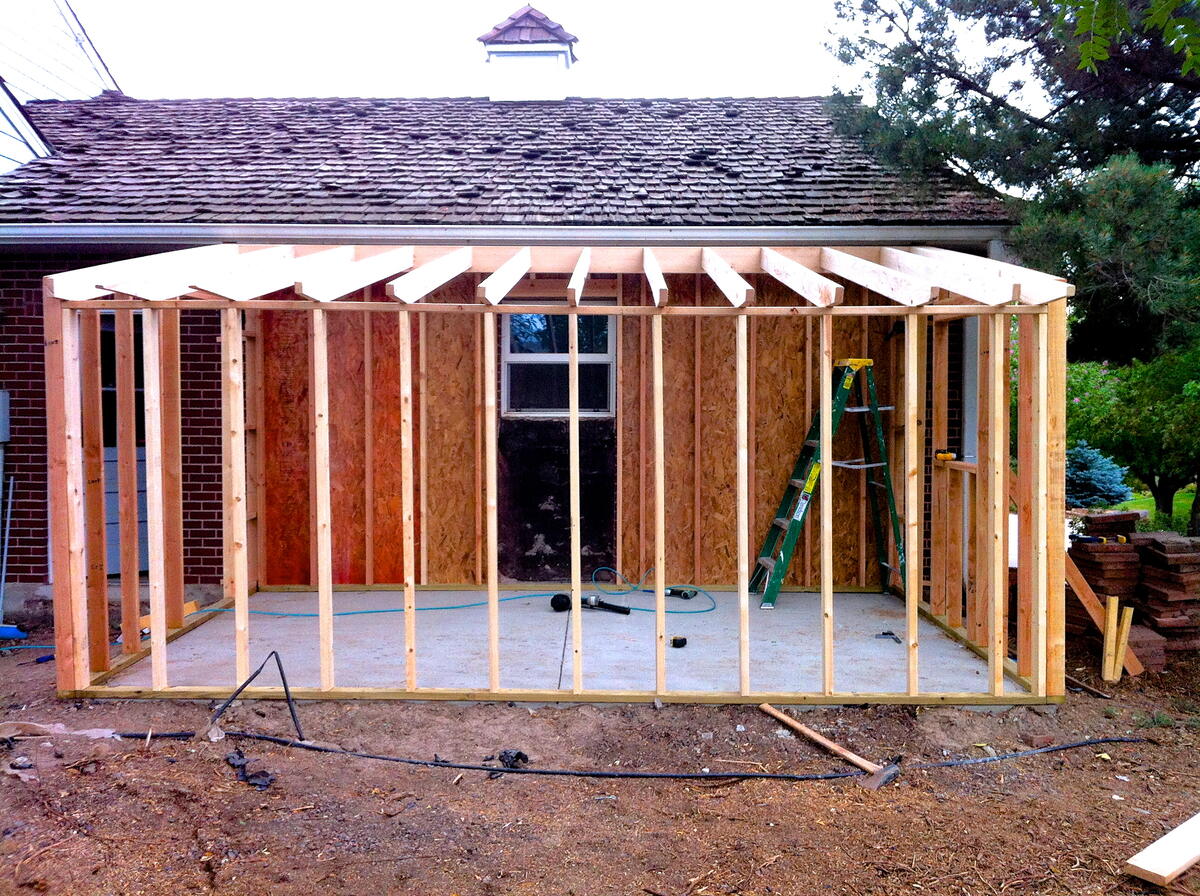







0 thoughts on “Understanding Zoning Laws: What You Can Build On Your Property”